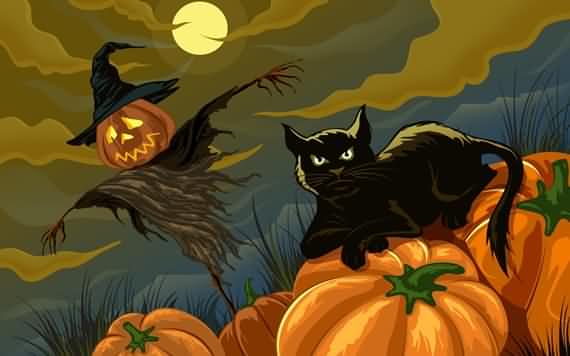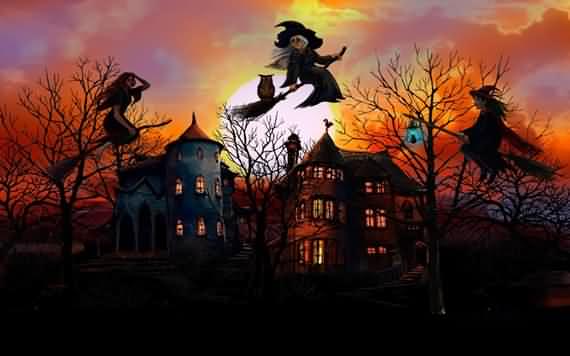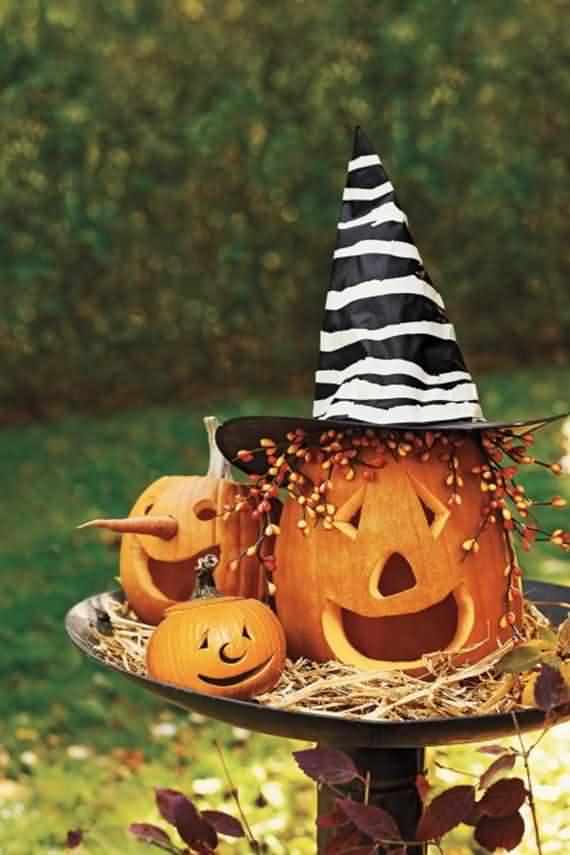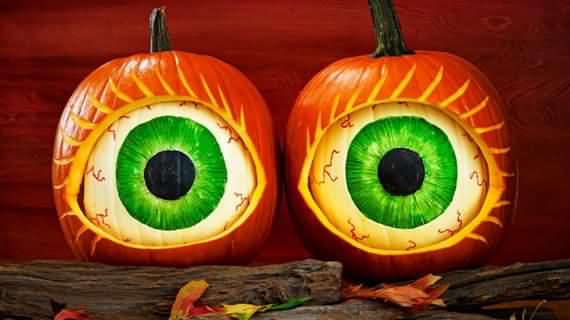The History & Origin of Halloween: From Ancient Rituals to Modern
The crisp autumn air, the rustle of fallen leaves, and the gleam of a jack-o’-lantern’s smile—these are the unmistakable signs that Halloween is near.
As we prepare for Halloween 2025 with our spooky decor and creative Halloween costumes, it’s fascinating to trace how this beloved holiday evolved from ancient, sacred rituals into the global phenomenon it is today.
Halloween History And Origin
The story begins over 2,000 years ago with the Celts in ancient Ireland, who celebrated Samhain, a festival marking the end of the harvest and the beginning of the dark, cold winter.
They believed that on the night of October 31st, the boundary between the worlds of the living and the dead became blurred, allowing spirits to walk the earth.
To commemorate the event, people gathered to light massive bonfires, offer sacrifices, and wear costumes, typically made of animal skins, to ward off these roaming ghosts. This ancient tradition of dressing up is the direct ancestor of our modern search for the perfect mother daughter Halloween costumes or baby and toddler Halloween costumes.
When the Roman Empire conquered Celtic lands, two of their festivals were blended with Samhain: Feralia, a day to commemorate the dead, and Pomona, a day to honor the goddess of fruit and trees, whose symbol was the apple. This fusion likely influenced the future traditions of bobbing for apples.
The holiday’s Christianization began in the 8th century when Pope Gregory III designated November 1st as All Saints’ Day, a time to honor all saints and martyrs.
The evening before became known as All Hallows’ Eve, which eventually morphed into “Halloween.” Many Samhain traditions were absorbed into this new holiday. The custom of “souling,” for instance, saw poor people go from door to door on All Hallows’ Eve, offering prayers for the dead in exchange for “soul cakes.”
This practice is a clear precursor to our modern trick or treating. Similarly, the tradition of carving jack-o’-lanterns originated from an Irish folktale about “Stingy Jack” and was originally done with turnips.
When Irish immigrants arrived in America, they found pumpkins to be the perfect canvas, giving birth to the pumpkin carving ideas and pumpkin decorating ideas for Halloween that are now a central part of our DIY Halloween celebrations.
This rich tapestry of history informs everything from the haunted houses we visit to the scary movies we watch, connecting us to a past where this night was truly believed to be a thin veil between two worlds.
The evolution of Halloween continued as it was brought to North America. Initially, it was extremely limited in colonial New England due to rigid Protestant beliefs, but it was much more common in the southern colonies.
It was the influx of Irish and Scottish immigrants in the 19th century, fleeing the potato famine, that truly cemented Halloween into the American consciousness.
The public was gradually introduced to the holiday through parties that focused on games, seasonal food, and festive costumes. By the early 20th century, Halloween had lost most of its superstitious and religious overtones, evolving into a community-centered holiday.
The practice of trick or treating was revived in the 1950s as a way to curb Halloween vandalism by offering a structured, fun activity for children, solidifying the holiday’s family-friendly image.
This post-war era also saw the rise of mass-produced costumes and candy, turning Halloween into the major commercial holiday we know today.
This historical journey from a Celtic fire festival to a global celebration of creativity explains why we now pour so much effort into every detail, from our Halloween makeup ideas and hairstyles & makeup for Halloween to our outdoor Halloween decoration ideas.
Understanding this origin adds a deeper layer of meaning to our modern rituals, whether we’re planning a Halloween party with elaborate Halloween tabletop decorations or simply choosing the perfect Halloween doormat decorations to welcome guests.
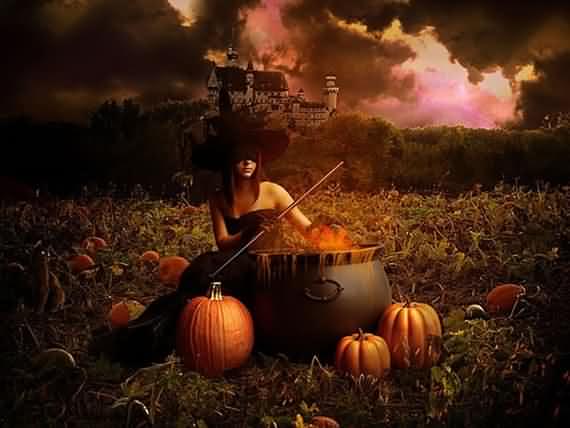
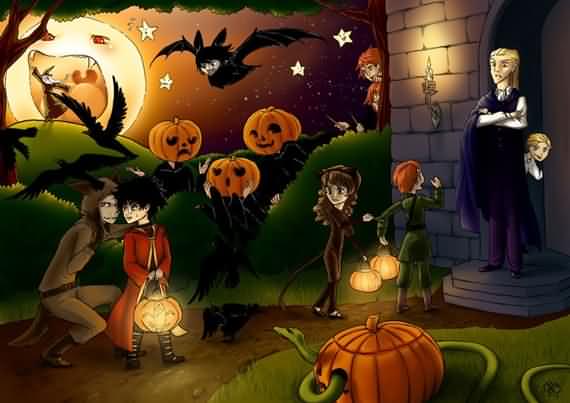
From Ancient Roots to Modern Celebrations: Your 2025 Halloween Inspiration
Halloween History And Origin
Knowing the rich history of Halloween makes decorating and celebrating today even more meaningful.
The ancient Celts used symbols of the harvest and the spirit world, and we continue that tradition by transforming our homes with creative and spooky touches. This year, let the past inspire your present as you plan your Halloween 2025 festivities.
Start your transformation at the front door, the modern threshold between the everyday and the extraordinary, just as Samhain was a threshold between seasons.
A great DIY Halloween door wreath idea using autumn foliage, berries, and small, symbolic trinkets can set a welcoming yet mysterious tone. Don’t forget the ground; Halloween doormat decorations with classic motifs like black cats or witches’ hats are a fun nod to the superstitions of old.
For the path leading to your door, creative outdoor Halloween decoration ideas can guide your guests, just as bonfires once guided spirits.
Incorporate Halloween lighting and candles decoration ideas with orange and purple string lights or flameless candles inside recycling jars ideas for Halloween to create an eerie, ancient ambiance safely. Even your mailbox can get in on the action with some Halloween decor ideas for mailbox, turning a mundane object into a piece of the festive scene.
The spirit of Samhain was one of community gathering, and what better way to honor that than by hosting a memorable Halloween party? Your fireplace, a classic symbol of the hearth and home, can become a focal point with stunning Halloween fireplace mantel decorating ideas.
Adorn it with garlands, vintage portraits with a spooky twist, and an assortment of pumpkins. When it comes to tips to set your Halloween table, think of the harvest. Use natural elements like autumn leaves, apples, and mini gourds as part of your Halloween tabletop decorations.
Your feast presentation, or how to present your food on Halloween, can be a showstopper—think of a “witches’ brew” punch or “mummy” wrapped hot dogs.
For dessert, Halloween cupcake ideas decorated like ghosts or pumpkins continue the theme. Serve your eerie concoctions in themed Halloween mugs; a guide on how to choose your Halloween mug might suggest ones shaped like cauldrons or with glow-in-the-dark skeletons.
And for the adults in their Halloween costumes for adults and kids, the right hairstyles & makeup for Halloween can be the final, terrifyingly perfect touch, connecting back to the ancient Celtic practice of using disguises to blend in with the spirits.
From the Halloween wall decorations that set your scene to the Halloween mirror you might ominously veil, every detail is a chance to celebrate a history that stretches back through the centuries.
As the night winds down, the ancient understanding of Halloween as a time of transition still resonates. It’s a shift from the light half of the year to the dark, a time for both fun and a touch of reverence.
After the trick or treating is over and the candy buckets are empty, we are left with the memories of a night where imagination reigns.
The creativity we pour into our Halloween pumpkin carving ideas, the effort we put into finding the perfect Halloween costumes for adults and kids, and the joy of seeing our baby and toddler Halloween costumes in action are all part of a living tradition.
This year, as you finalize your spooky decor, perhaps with a last look at your Halloween earrings ideas or by placing a final candle holder for Halloween on the porch, remember the ancient Celts.
They too gathered on this night, looking into the darkness with a mix of fear and anticipation, much like we do when we watch our favorite scary movies.
Halloween is a holiday that has masterfully evolved, blending ancient history with modern joy, ensuring its magic will continue to captivate us for generations to come.
FAQ: Unraveling the Mysteries of Halloween
Q: What is the true origin of trick-or-treating?
A: The tradition has several historical roots. It evolved from the ancient Celtic practice of leaving out food to appease spirits wandering on Samhain. It was also influenced by the medieval Christian practice of “souling,” where the poor would go door-to-door on All Hallows’ Eve, offering prayers for the dead in exchange for “soul cakes.” The version we know today, with children in Halloween costumes going door-to-door for candy, became popular in the United States in the early 1950s.
Q: Why are pumpkins associated with Halloween?
A: This comes from an Irish myth about “Stingy Jack.” The original Irish tradition involved carving frightening faces into turnips or potatoes to ward off Jack’s wandering spirit. When Irish immigrants came to America, they found that pumpkins, a native fruit, were larger and easier to carve. This gave birth to the pumpkin decorating ideas for Halloween we love today, making jack-o’-lanterns a central part of spooky decor.
Q: How can I incorporate Halloween history into my 2025 decorations?
A: You can draw direct inspiration from ancient traditions! Use natural harvest elements like gourds, apples, and corn stalks in your outdoor Halloween decoration ideas and Halloween tabletop decorations. Create a welcoming but protective entryway with a DIY Halloween door wreath idea using autumn foliage and a symbolic Halloween doormat decoration. Embrace the spirit of transformation with Halloween makeup ideas and hairstyles & makeup for Halloween that reflect mythical creatures or classic folklore figures.
Q: What are some easy, historically-inspired DIY projects?
A: For a simple and atmospheric project, try recycling jars ideas for Halloween by painting them with spooky silhouettes (like bats or ghosts) and using them as candle holders—a modern take on the bonfires of Samhain. You can also create classic Halloween pumpkin carving ideas with traditional Celtic knotwork or simpler, folk-art style faces instead of modern pop-culture designs.
Q: How did Halloween become a holiday for costumes?
A: The Celts wore disguests, often made from animal skins, during Samhain to confuse and avoid being possessed by spirits they believed crossed over. This evolved over centuries into “guising” in Scotland and Ireland, where people would dress up and perform a trick (like singing a song) in exchange for food or money. This tradition was brought to America and eventually transformed into the wide variety of Halloween costumes for adults and kids, from mother daughter Halloween costumes to baby and toddler Halloween costumes, that we see today.
PS. IAM WATCHING YOU


